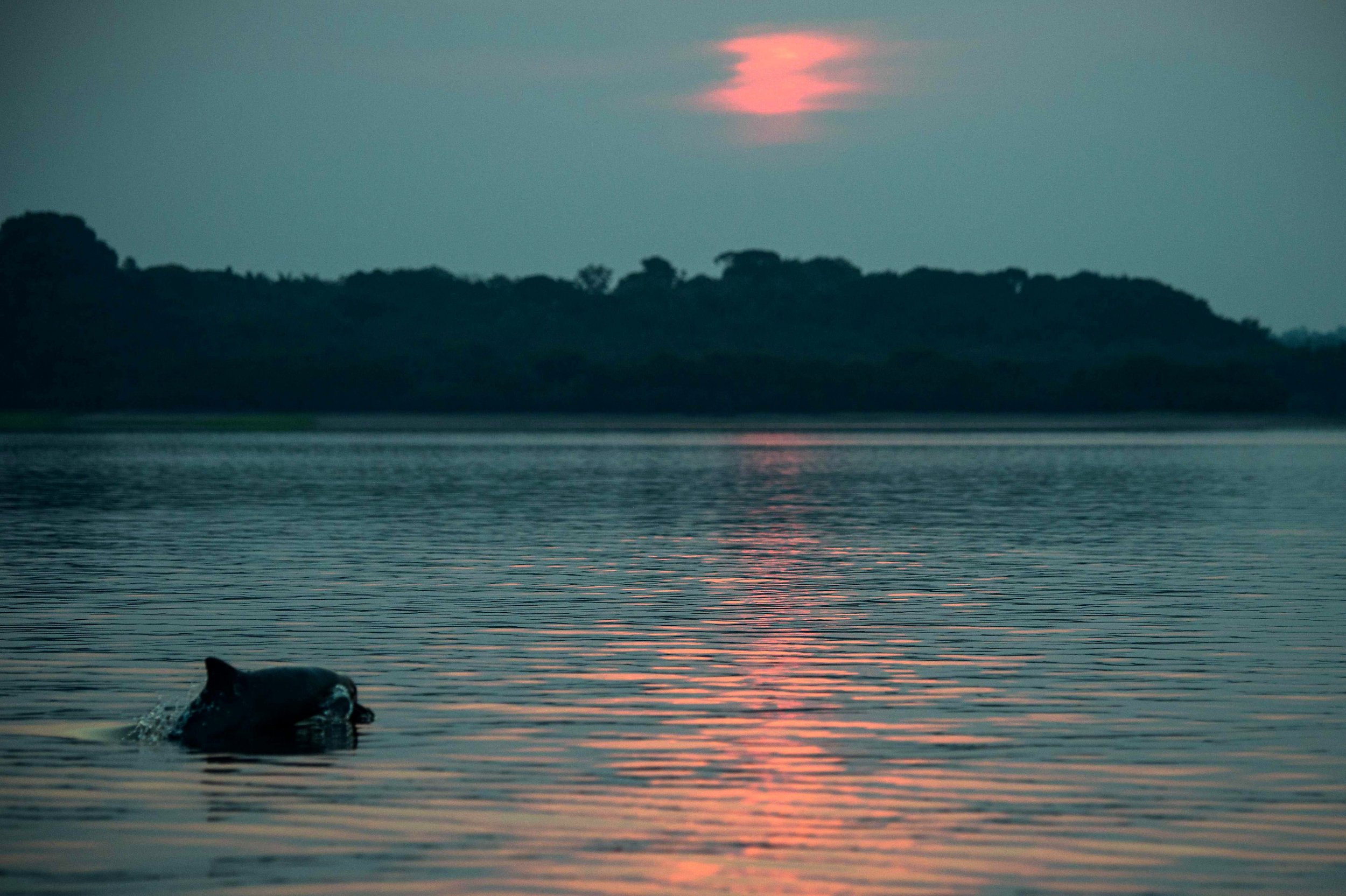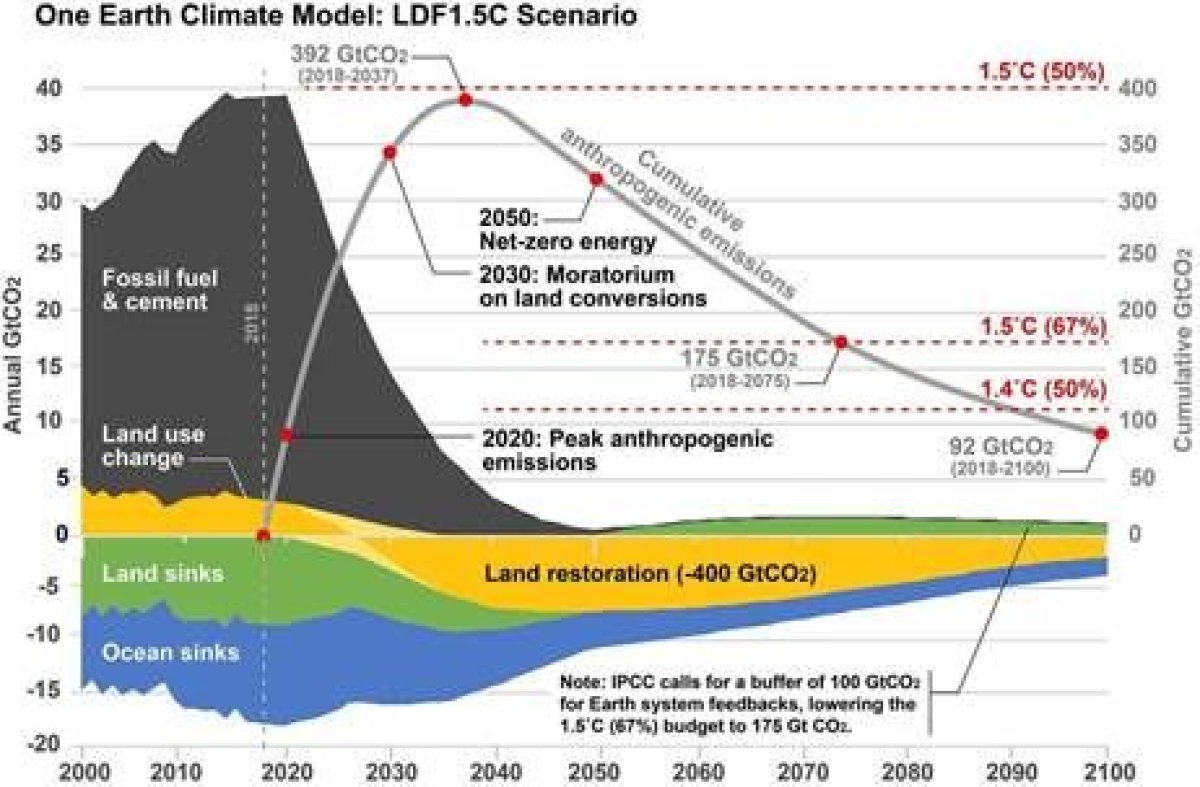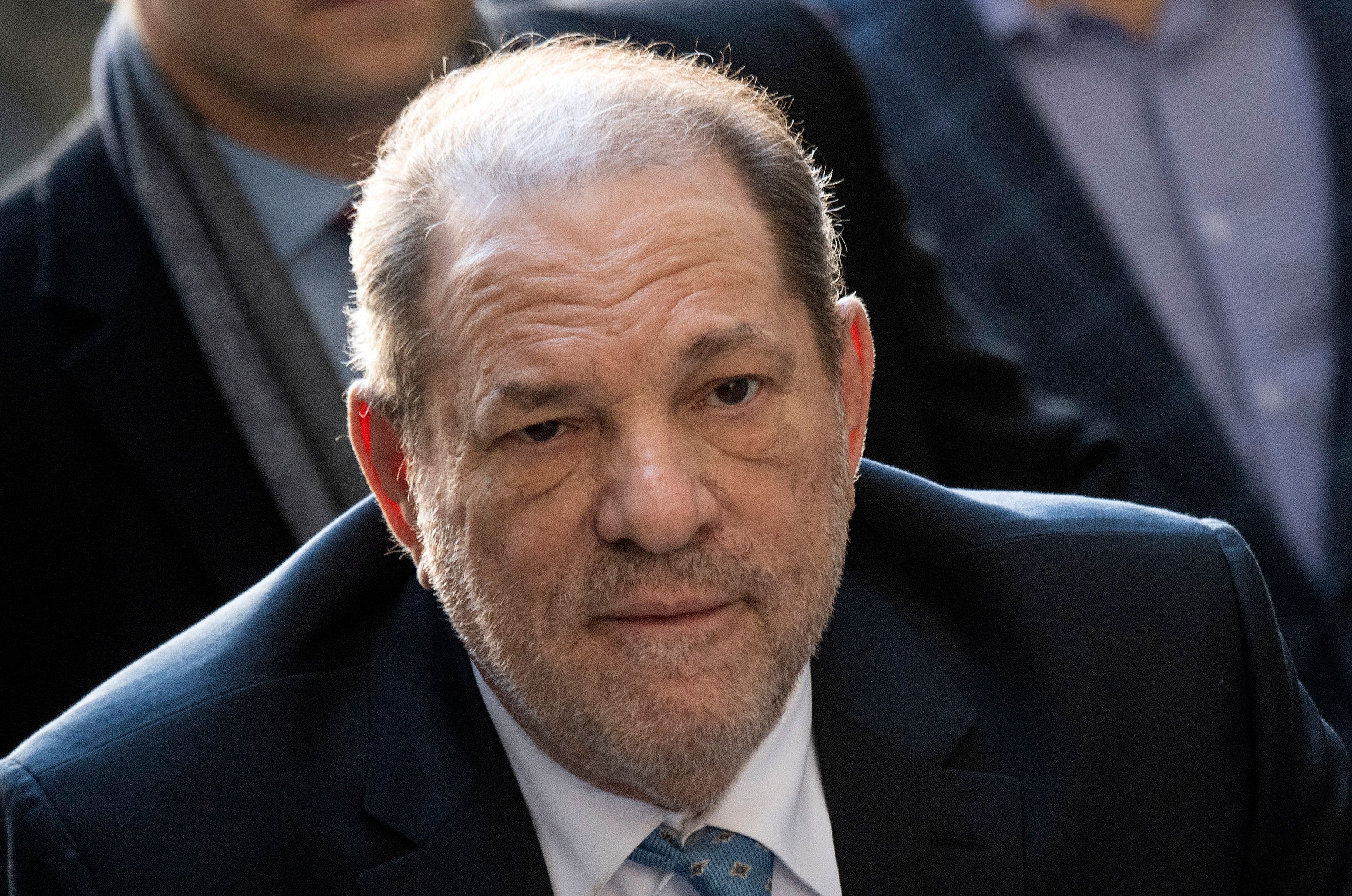
The Earth is currently in the grips of a mass extinction crisis. Species are disappearing at a worryingly fast rate—in no small part thanks to human interference—resulting in the erosion of our planet's biodiversity. Alongside climate change, it is one of the most significant threats that we face.
While solutions for preventing mass extinctions may be hard to comprehend, in 2017, an international team of scientists proposed an ambitious plan known as the Global Deal for Nature, which aims to help conserve the Earth's species, while also ensuring that climate targets are met.
Now, in a paper published in the journal Science Advances, the scientists have laid out a set of specific targets and milestones that they believe will help protect the Earth's biodiversity and avoid the collapse of ecosystems, in addition to mitigating the worst effects of climate change.
To find out more, Newsweek spoke to conservationist Eric Dinerstein, one of the authors of the study. Below is an edited version of our conversation.
What is the Global Deal for Nature?
The Global Deal for Nature is a science-based plan to protect the diversity abundance of life on Earth and do it by 2030. The paper offers not only the guiding scientific principles from the science of conservation biology but clear milestones for 2030 and targets for 2050 to reach that goal. The overarching purpose: to tackle dangerous climate change or climate breakdown and safeguard biodiversity in order to avoid any worsening of the sixth mass extinction that we have found ourselves in. So the approach that we're taking really addresses both at once.
What is the sixth mass extinction crisis?
In the history of Earth—our 4-and-a-half-billion-year-old planet—we've had five major extinction events in the history of life. The most recent was about 65 million years ago—that meandering asteroid that crashed into the Yucatán [Peninsula] and took out the dinosaurs, changing the climate dramatically and giving rise to the age of mammals. So it's partly responsible for us being here. But the major difference between the previous five mass extinction events and the current one is that this is the only one we are around for, and, largely, we have our fingerprints all over it.
What are some of the key targets and milestones laid out in this paper?
We did an earlier paper in 2017 in the journal Bioscience that called for protecting 50 percent of the terrestrial realm by looking at the world's 846 eco-regions and doing conservation in each of those, which is what we need to save life on Earth. But this paper extends that much further by expanding that from the terrestrial realm to freshwater and marine environments.
So the two major targets are to fully protect 30 percent of the globe by 2030—terrestrial, freshwater and marine environments. And the next 20 percent would be areas that we're calling climate stabilization areas—areas that don't have to be formally protected by, say, an IUCN [International Union for Conservation of Nature] category but simply where we reduce or eliminate land-based emissions from those.
So the graph below explains it all. That encapsulates all of the science, the latest climate model and, most importantly, links nature conservation with avoiding climate breakdown in probably the most compelling way I've seen. If you look at that graph, what it shows is that if we're to stay below a 1.5 degrees Celsius average rise in global temperature—which the latest U.N. climate report said is the new threshold, we have to stay below that—we have to see two things.

There has to be conservation of land, because we can't have any more emissions by 2030 or we overshoot that threshold of 1.5 and there's no return. And once we get past 1.5, then we're in store for ecosystems unravelling. It's an experiment we don't want to do. The cheapest, most effective way to suck greenhouse gases out of the atmosphere is to rely on nature. Nature does this for free. Trees, coral reefs and the ocean itself are much better vehicles for removing greenhouse gases than anything engineers have ever invented. And it doesn't cost us anything, except to protect it. If we scale that up—alongside a rapid transition to renewable energy and getting off fossil fuels—we'll have a clear pathway and a hopeful plan to stay below 1.5.
So the shorthand here is that if you want to have a safe operating space for humanity, i.e., to stay below 1.5 degrees rise, then you need to save 50 percent of all the habitat that's left on land, and by so doing, you avoid the extinction crisis. Or if you come at it from the biodiversity side, if you want to save life on Earth, we have to stay below 1.5, because above that, the permafrost melts in the tundra, the ocean becomes more acidified, more coral reefs die, creating feedback loops, etc., and we have collapse in a lot of ecosystems.
I guess the main point is that the two deals, the two accords, are interdependent: You can't address the climate without saving nature; you can't save nature without addressing the climate. Unfortunately, the two major entities concerned with these issues—the Paris climate accord and the Convention on Biological Diversity—have been operating separately, and scientists are now saying we have to integrate the two.
How realistic do you think the targets outlined in the paper are?
I think very realistic. So imagine this was 1940 and not 2019. When we saw what was happening with the rise of Nazism and totalitarian regimes, we overnight turned factories that were producing cars, boats and luxury appliances into making Jeeps, tanks, munitions and warplanes. That was a war footing, it was what was needed.
So we already have it, I believe, in our societal and cultural DNA, to step up and make these dramatic changes. You just have to replace the move to war armament with building solar panels, wind turbines and developing new battery technology that solves the storage problem. And you do conservation at a scale we are capable of. That basically is the prescription for saving life on Earth and saving our climate.
I guess the short answer is we've already done it. We have to summon that same political will. The other difference is that when that effort was mounted in 1940, it was a handful of countries which produced all those weapons and changed their factories. Now, every country has a role to play in stabilizing the climate and saving nature. So that urgency and responsibility is spread across all countries.
What would you hope to see after the publication of your latest journal article?
Firstly, the Convention on Biological Diversity is meeting in Beijing in 2020, and before that they'll be adopting new targets for what to achieve in 2030. So we hope that [our targets] instantly become the obvious choice—to endorse 30 percent [fully protected areas] by 2030 and work with the Paris climate accord to achieve another 20 percent as climate stabilization areas. A lot of those are essentially indigenous reserves too. Simply empowering and affirming the rights of indigenous peoples to their land, some of which is not titled, could also go a long way to help stabilizing the climate and saving nature, because often indigenous groups are better stewards of the land and the sea than we are.
I think great public awareness. The DiCaprio Foundation, National Geographic and a campaign group called Avaaz is starting a campaign to eventually get 30 million signatures to petition the Convention on Biological Diversity to adopt a Global Deal for Nature and for world leaders to endorse it and work with the Paris climate accord in tandem.
Now, I guess my third hope is that we see a Greta Thunberg [the Swedish schoolgirl climate activist] arise, or if we can ask her to expand her portfolio to include the Global Deal for Nature and get a whole youth movement going. Because the greatest gift we could leave future generations is an environmental reset—a chance to get back to what I would call an Eden 2.0. We need the young people to speak up and help lead this, because this is the world they'll be inheriting and they have a major say in this.
Uncommon Knowledge
Newsweek is committed to challenging conventional wisdom and finding connections in the search for common ground.
Newsweek is committed to challenging conventional wisdom and finding connections in the search for common ground.
About the writer
Aristos is a Newsweek science reporter with the London, U.K., bureau. He reports on science and health topics, including; animal, ... Read more
To read how Newsweek uses AI as a newsroom tool, Click here.








